
Patients with TGCT are encouraged to honestly discuss their pain with their care teams.

Patients with TGCT are encouraged to honestly discuss their pain with their care teams.

One expert explains the importance of a multidisciplinary care team for patients with TGCT.

TGCT is a non-malignant tumor, but one expert explained how it can similarly affect patients.

Tenosynovial giant cell tumors are not malignant but can impact patients’ quality of life, as one expert explained.

Systemic therapy and active surveillance can be viable options for patients with TGCT, as one expert explained.

Talking about the good, bad and ugly aspects of cancer on social media is “the most healing part of this community,” a survivor said.


Josie Montegaard, MSN, AGPCNP-BC, and Yuliya Linhares, MD, conclude their discussion with advice for patients with CLL on managing their diagnosis and treatment.

Yuliya Linhares, MD, discusses how healthy lifestyle choices, such as diet and exercise, can play a valuable role in optimizing CLL treatment outcomes.


To ensure best outcomes, patients with chronic myeloid leukemia should maintain frequent communication with their care teams — even between appointments.

Most — though not all — side effects from chronic myeloid leukemia treatment improve over time, an expert said.
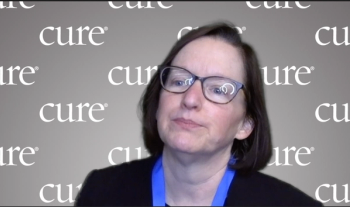
A chronic myeloid leukemia diagnosis can negatively affect patients and their loved ones’ mental health, but there are resources that can help.
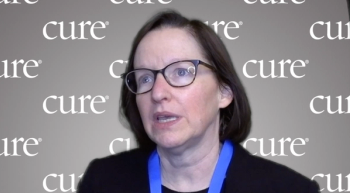
Patients with chronic myeloid leukemia should be upfront with their care team about how treatment side effects are affecting their daily functioning.

Initial discussions about treatment, side effects and study results can help patients navigate through all aspects of a chronic myeloid leukemia diagnosis.
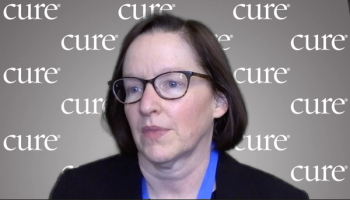
An advocate discusses vital patient-provider conversations to promote the best care for individuals with chronic myeloid leukemia.

Clinical insights on shared decision-making practices and the importance of supportive care when treating patients with chronic lymphocytic leukemia.

A medical oncologist provides a comprehensive overview of treatment options for patients with relapsed/refractory chronic lymphocytic leukemia, including BTK inhibitors and CAR T-cell therapy.

For patients with non-small lung cancer and brain metastases, it’s important to consent to shaving the scalp before tumor-treating fields therapy.

Patients with resectable stage 3 melanoma should talk about pretreatment therapy with their cancer care teams, an expert said.

Trodelvy led to better disease control and improved quality of life compared to chemotherapy in patients with triple-negative breast cancer.

An expert on chronic lymphocytic leukemia discusses adverse effects encountered by patients who are receiving BTK inhibitors or venetoclax-based regimens.
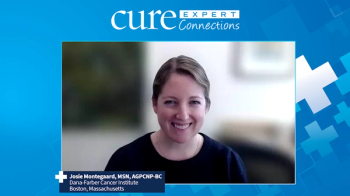
Josie Montegaard, MSN, AGPCNP-BC, provides clinical insights on her approach to counseling patients who are receiving treatment for chronic lymphocytic leukemia.

After a cancer diagnosis, toxic positivity can be unhelpful, though forced joy may bring light to a difficult situation, a survivor and advocate said.
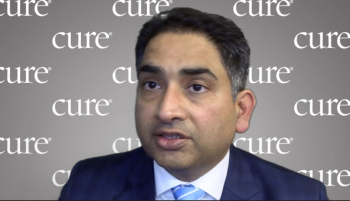
SurVaxM, which is being studied in gliobastoma, targets a certain protein that is found on the brain cancer cells.

Presurgical paclitaxel, Herceptin and Perjeta showed “incredible efficacy” in treatment of HER2-positive breast cancer.

Rybrevant plus Leclaza had promising response and progression-free survival rates in patients with EGFR-mutant non-small cell lung cancer.

Dr Linhares discusses newer combination therapies for the treatment of patients with chronic lymphocytic leukemia, highlighting ibrutinib and venetoclax, which is being studied in the CAPTIVATE trial.

Turning the focus to ibrutinib-based therapy, Yuliya Linhares, MD, gives an overview of the RESONATE study.

Expert perspectives on the SEQUOIA study, which is investigating zanubrutinib in patients with chronic lymphocytic leukemia.